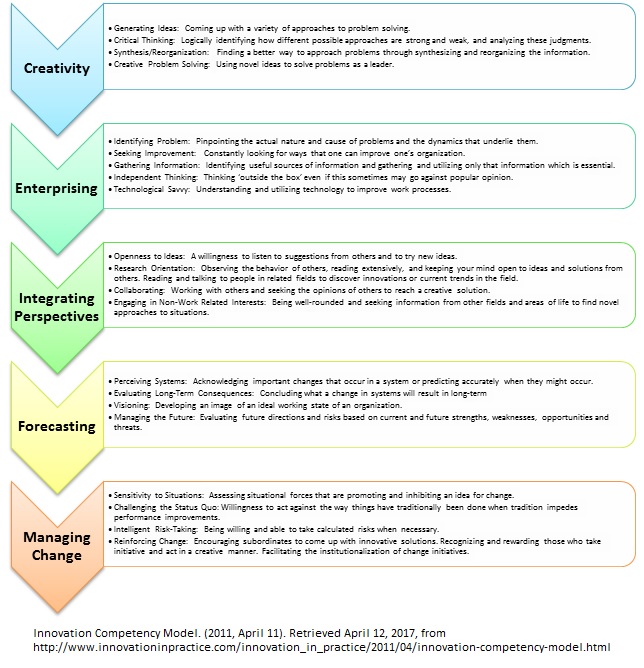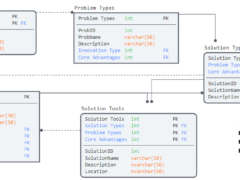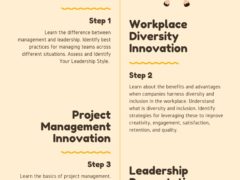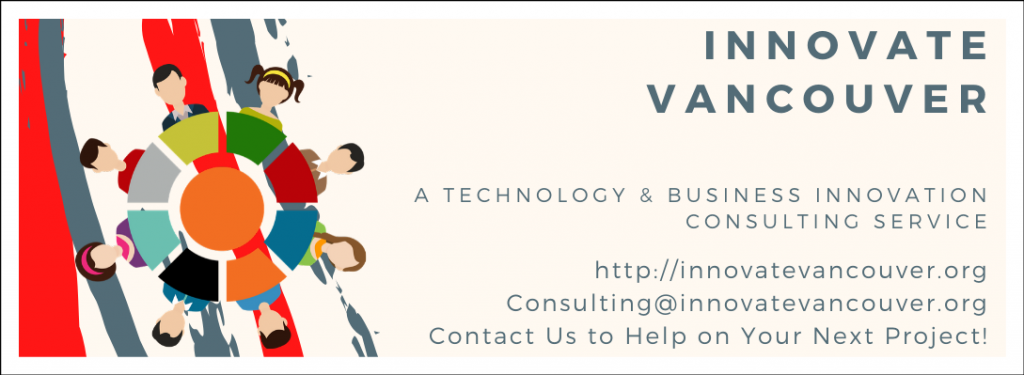Agency culture and employee/customer satisfaction are correlated with the organization’s recruitment practices, training efforts, and evaluation resources. The organization’s performance management framework also determines its opportunities for innovation.
Business Alignment
When the goals, resources, and tools are unaligned, low employee morale, performance, and customer satisfaction can result. Organizations must have a recruitment plan. This plan should ensure that employees possess the right knowledge, skills, and abilities. These qualities must match the job description and the customer’s needs.
This may be considered a luxury in some industries. Wages and resources limit recruitment efforts to candidates with no experience or entry-level skill sets.
Recruitment
The challenge in these cases is significant. Once the unqualified candidate ‘gets past the screening process,’ they are hired. Their ‘input’ and ‘performance’ will influence the rest of the system. Subsequent recruitment efforts perpetuate these challenges. Some efforts emphasize internal recruitment to avoid repeating past mistakes. The same candidates are promoted to higher internal levels.
Change management principles will face almost insurmountable challenges as stakeholders of the status-quo have more influence. The ideal solution for culture change, and performance management, is to start from the beginning.
Performance Management Framework
What is needed is a recruitment, retention, and development framework that insures performance requirements are matched from the beginning. Without this framework the likelihood of a suboptimal organizational & performance culture is likely to be reinforced.
Homeostatic Mechanisms
Organizations will encounter homeostatic mechanisms. These mechanisms inadvertently maintain this suboptimal status quo. They resist iterative improvements, accountability, and systemic alignment. Customers begin to demand less as they expect less in return.
The organization must understand the customer’s needs that are not yet identified. It must do this as it attempts to re-establish its relevancy in the industry. The organization deliberately co-creates its culture and artifacts. These initiatives aim to establish standards and expectations. They also reinforce performance.
Organizational Structure
The organizational chart identifies the roles, responsibilities, and relationships. It is essential for implementing the policies, tools, teams, and evaluation processes that follow.
Each of these levels must be developed with the inter-dependencies in mind. The job description is written with consideration of the relevant organizational policies and procedures. It also considers structure and values, etc.
Without this alignment the organization’s ability to meet customer expectations, support qualified staff, and reach contract specifications will be strained.
- Internal recruitment is limited to the ‘best candidate,’ but not necessarily the ‘ideal candidate’
- Contract specifications are not reached
- Service hours fall behind
- Error rates increase
- Customer expectations are eroded, along with product & service relevance
- Transparency, accountability, and opportunity for course correction (system alignment) is decreased
- Open communication (and having difficult conversations) occurs less often (and in fact may be resisted)
- Performance evaluation & measurement is either superficial or emphasizes the status-quo
Integrating Customer Service Networks
As the organization’s performance pursues a ‘regression to the mean’ outer systems and inter-dependencies are affected. This trend is reinforced when governments lack familiarity with the service community:
- An organization’s business model,
- How it operates,
- How it reports performance (and information not included in these reports),
- What systems/norms are interfering with a course correction, or
- How the government (and the organization) are implicitly agreeing to miss performance specifications, misallocate funds, and maintain the status quo.
Legacy Systems
The news channels share stories of organizations caught in public scandals. Significant government intervention often follows. However, these organizations keep members. They retain processes or artifacts from the previous system. These elements contributed to the scandal in the first place. Homeostatic mechanisms that maintain the previous system still exist.
Customer Driven Innovations
It is even more shocking that one of these organizations resists government and regional directives. They oppose ‘local co-collaboration’ efforts that aim to improve services, products, and programs. And this is done with the organization’s implicit belief of retaining moral and professional authority in the region.

I also hear stories of organizational cultures where government reports, customer documents, and service plans lack key details. This information is necessary to maintain transparency. It also facilitates course correction and ensures funding is used as intended.
Feedback Mechanisms
These problems also result when homeostatic reinforcing mechanisms (of the status quo) are introduced in ‘isolated pockets’ of the organization. There is no executive oversight, inquiry, or consultation. In many cases these ‘events’ are ‘swept under the rug’ without further review or corrective action. In other cases someone loses there job but only after significant derailment has been allowed to occur.
Performance Management Competencies
The following image displays some of the competencies each organization can build in order to better evaluate its performance management framework:
A system’s approach to performance management isn’t easy but it’s well worth the effort. Without a systems approach to developing a performance management framework, the organization is likely to have unaligned components. Metrics, if they exist, will also be unaligned, as well as outcomes.
How does your organization evaluated performance? How would you describe your organization’s current performance management framework?
Travis Barker, MPA GCPM
No names were used in this article (when known) to maintain confidentiality. The case details used are for example only.
Innovate Vancouver is a Technology and Business Innovation Consulting Service located in Vancouver, BC. Contact Innovate Vancouver to help with your new project. Innovate Vancouver also gives back to the community through business consulting services. Contact us for more details.





